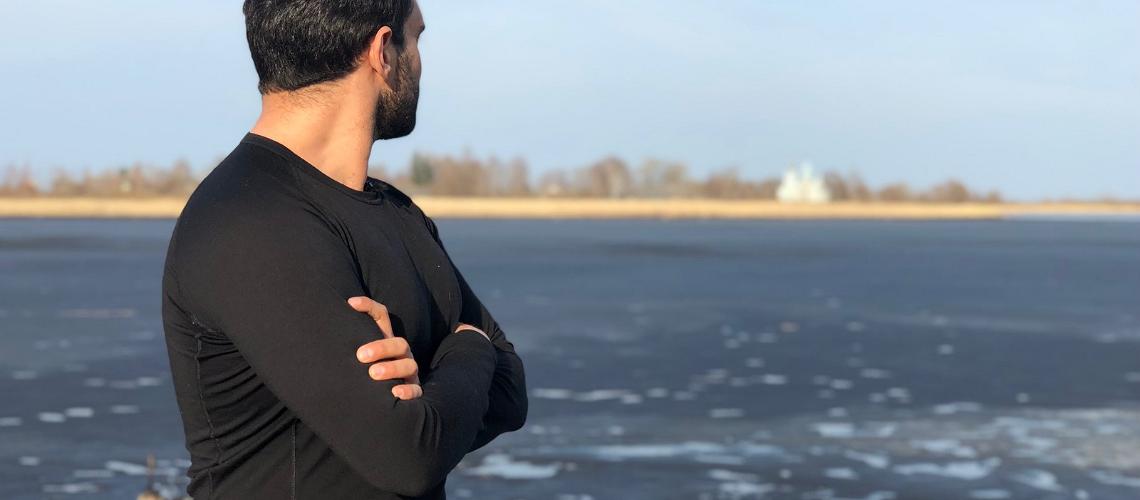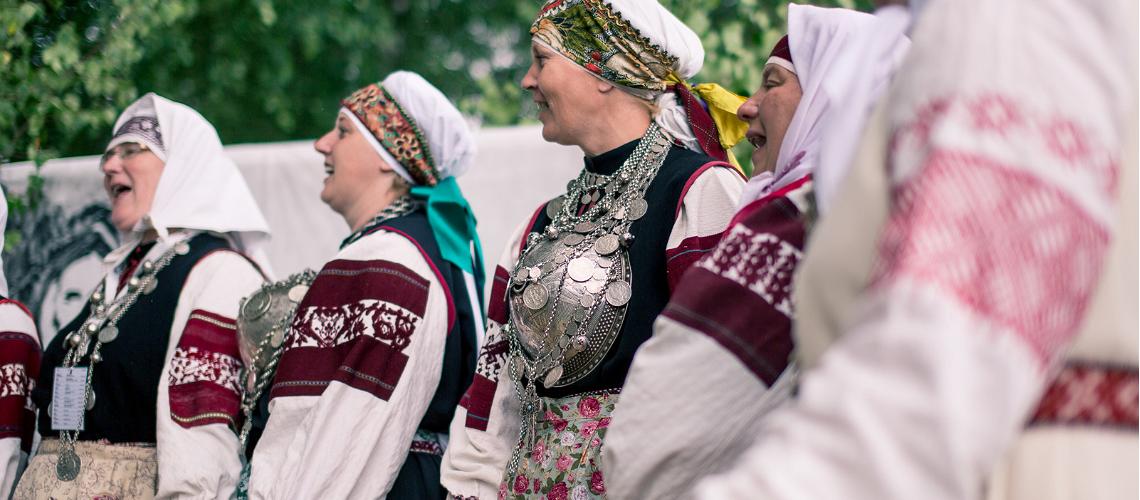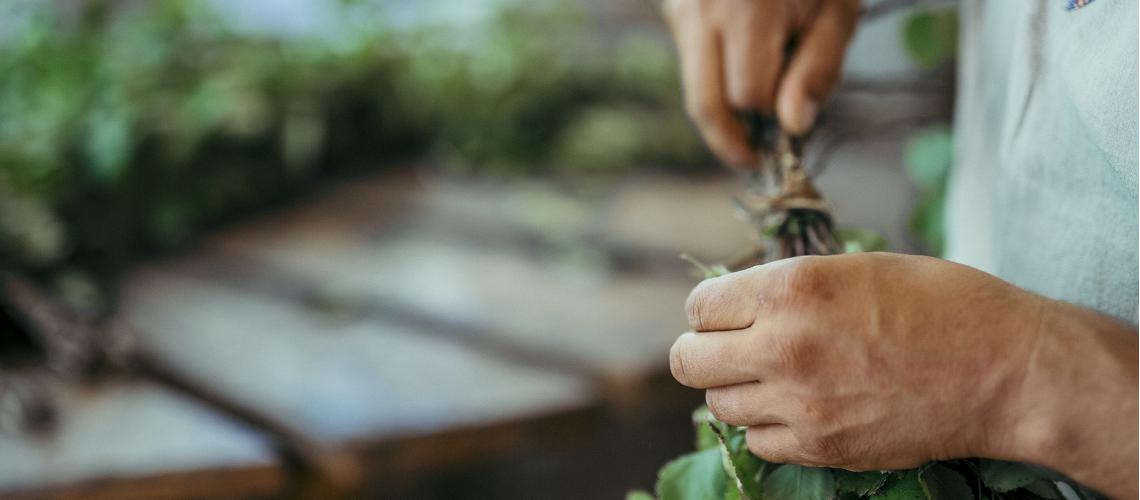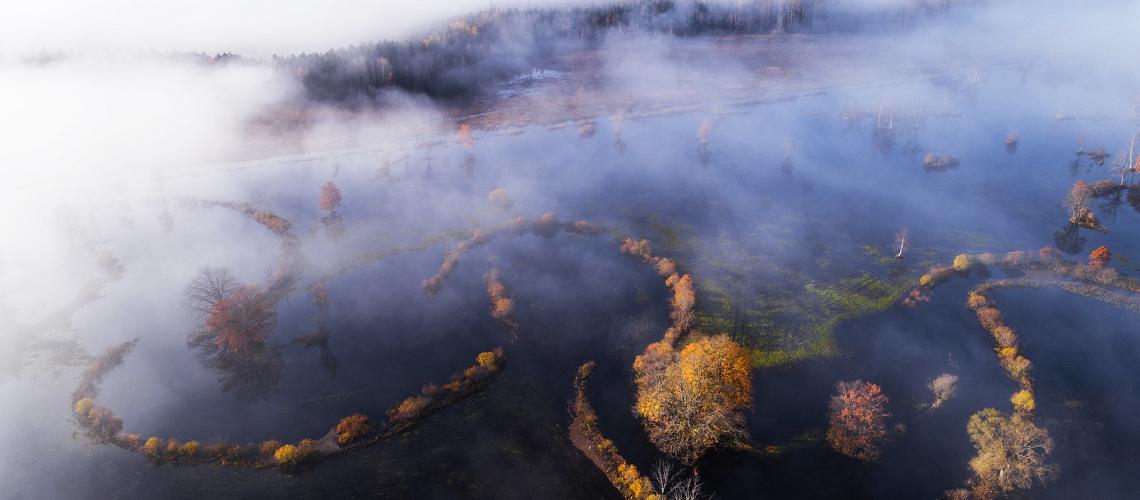Ashwin Bhardwaj is a travel writer and filmmaker at The Telegraph. In his new travel podcast Edgelands, he undertook a 5000-mile overland journey along Russia’s western border, including a stop in Estonia, to explore the line between East and West. During this trip, he experienced Easter and canoeing the #EstonianWay.

A trip to a border offers a variety of options: to experience phenomena that are possible only in a border area and to test one's own borders
Photo by: Ashwin BhardwajTo add excitement to life and gain a new outlook, seasoned travellers go on a new journey based on a purpose or goal, rather than simply visit a country. This allows them to see the world in a more diverse way than political borders. They make round-the-world trips, visit small ports and hike on hiking trails. The more people with travel ideas such as these, the more diverse and tolerant the world will be. If you travel thematically rather than merely choosing a destination, it often becomes evident how many similarities exist in seemingly different places, how fascinating it is to experience different cultures and desires, and how we are all responsible for the preservation of cultural heritage and nature.
Travel writer Ashwin Bhardwaj chose “the border” as the theme of his trip. Borders offer a variety of options: to experience phenomena that only occur in a border area and to test one’s own borders.
Setos on the border between Estonia and Russia
One of Ashwin’s border experiences included a visit with the Setos. Having lived on the border between Estonia and Russia for hundreds of years, the Setos have shaped and preserved a totally unique culture containing elements from both cultural spaces. Throughout time, the synergy between mental and geographical borders has created cultural explosions that later became famous further afield. The unique Seto way of singing – leelo – is part of UNESCO cultural heritage and you can still hear this kind of singing at Seto parties today.
Ashwin’s stay with the Setos coincided with Easter, which is celebrated in a much more festive and diverse way than elsewhere in Estonia. The travel writer participated in several rituals in which a chicken’s egg symbolised rebirth. Traditionally, eggs were painted with onion peels and rolled in a similar way to the game petanque. In addition, the Setos never forget their ancestors and during each holiday a visit to the graveyard is a must. The rituals were accompanied by a real sense of community.
Once in Setomaa, a visit to the smoke sauna is compulsory. This piece of UNESCO cultural heritage continues to serve many functions. A smoke sauna ritual cleanses the body and the mind, the smoke is used to cook slow-food – the famous local smoked meat.
After you sweat it out in a 120-degree sauna, you are supposed to jump into the icy pond, and with good reason. It is not just some Nordic weirdness, but very practical for your health. By making your blood vessels contract quickly and then relax, you train them and remain healthy and young into old age. Ashwin considered the cold shock to be nothing strange or blood-curdling, but a tradition he could happily get used to.
Beautiful Soomaa
The video clip Ashwin filmed in Soomaa (marsh land – ed.) brings to mind the grandest nature film scenes on the National Geographic or BBC channels. Soomaa, which has been named the capital of wild Estonian nature, is home to five large marshes. Due to its large untouched areas, this region is now part of the European network of PAN Parks (Protecting European Wilderness).
Thanks to Soomaa, Estonia has a fifth season. This is not a simple phenomenon. The fifth season can occur during summer or autumn with its heavy rains, but mostly it happens after the snow melts during spring. Then the meadows and woods are flooded with river water. The biggest floods in Soomaa occur when the warm weather comes unannounced. The size of the flood does not depend on the amount of snow but rather on how rapidly it melts.
Travellers should take care, just as with ice roads: it can all be over as quickly as it began. You should take the trip the instant nature offers the opportunity.
In Estonia, the Soomaa flood is not an unexceptional natural catastrophe that creates havoc in daily life. It is a long-awaited event that symbolises the cycle of nature and preserves ancient culture. For example, in addition to modern sporty canoes, people in Soomaa also use dugout canoes, which are one of the oldest types of boats in the world.
Visitors to Soomaa can take hiking-, canoe- and snowshoe hikes. In winter you can skate and push-sledge on the smooth ice fields created by nature. Animal spotting includes spotting beavers. The beaver trail, which starts by the Visitor’s Centre of the Soomaa National Park, is also suitable for wheelchairs and hikers with baby prams.





















